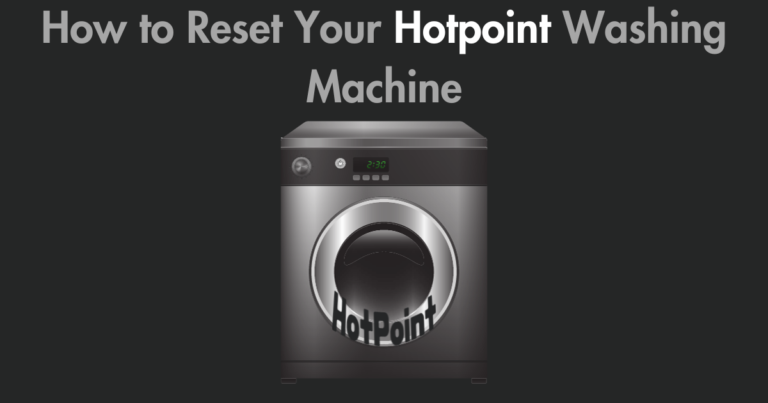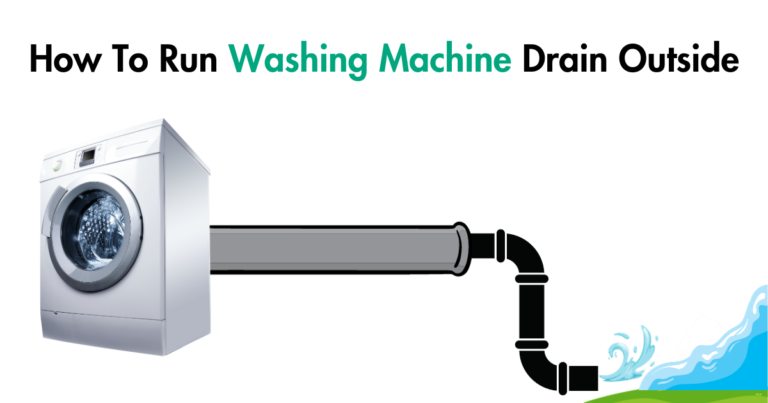Transporting a washing machine on its side can be a risky endeavor that may lead to potential damage and issues with the machine’s functionality. When a washing machine is laid on its side, the inner and outer tubs can bump against each other, causing damage and loosening support pads.
The suspension system may also be compromised, resulting in altered performance. Therefore, it is strongly recommended to keep the washer in an upright position during transport.
If it is absolutely necessary to transport the machine on its side, adequate precautions should be taken to minimize the risks. These precautions include securing the drum with shipping bolts or locks or inserting foam or cardboard between the drum and the case to provide cushioning and prevent unnecessary movement.

Additionally, it is crucial to empty any remaining water from the machine to prevent leaks and protect it with a blanket or similar material during transport.
By following these necessary precautions and utilizing ideal methods, you can significantly reduce the potential risks associated with transporting a washing machine on its side. Remember to always prioritize the safety of the machine to ensure its proper functionality and longevity.
Risks and Precautions of Transporting a Washing Machine on its Side
Transporting a washing machine on its side can pose various risks, including damage to support pads, and suspension system, and alterations to the machine’s functionality.
When a washing machine is laid on its side, the inner and outer tubs can bump against each other, causing potential damage. This can result in loosened support pads, which are crucial for maintaining stability and balance during operation.
Furthermore, the suspension system of the machine can be negatively affected when transported on its side. The suspension system is responsible for absorbing vibrations and shocks during the washing process. Any damage to this system can lead to increased noise, reduced efficiency, and potential breakdowns in the future.
To minimize these risks, it is important to take necessary precautions. One such precaution is securing the drum of the washing machine with shipping bolts or locks. These bolts or locks help to immobilize the drum and prevent it from moving around during transportation. Additionally, inserting foam or cardboard between the drum and the case can provide further protection against potential damage.
Before transporting the machine, it is essential to empty any remaining water from the tub. This is crucial to prevent water leakage and potential water damage during transport. Lastly, to safeguard the machine from external impact, it is advisable to protect it with a blanket or similar material. This protective layer can help absorb any shocks and keep the machine safe from scratches or dents.
Precautions for Transporting a Washing Machine on its Side:
- Secure the drum with shipping bolts or locks.
- Insert foam or cardboard between the drum and the case for added protection.
- Empty any remaining water from the tub to prevent leakage.
- Protect the machine with a blanket or similar material to minimize external impact.
| Risks | Precautions |
|---|---|
| Damage to support pads | Secure the drum with shipping bolts or locks |
| Damage to the suspension system | Insert foam or cardboard between the drum and the case |
| Alteration to the machine’s functionality | Empty any remaining water from the tub |
Safe Methods for Transporting a Washing Machine
To ensure the safe transport of a washing machine, it is important to follow specific methods such as securing the drum, using shipping bolts or locks, utilizing foam or cardboard, emptying remaining water, and protecting the machine from potential damage during transport.
Securing the drum is essential to prevent any internal movement that may cause damage. It is recommended to use shipping bolts or locks provided by the manufacturer. These bolts or locks help keep the drum in place and minimize the risk of it banging against the sides of the machine.
In addition to securing the drum, placing foam or cardboard between the drum and the case can provide an extra layer of protection. This helps absorb any shocks or vibrations that may occur during transport, further safeguarding the machine from potential damage.
Prior to transport, ensure that all remaining water in the machine is emptied. This is important to prevent water from leaking or sloshing around, which could potentially damage internal components or compromise the machine’s functionality.
Lastly, it is crucial to protect the machine during transport. Cover the washing machine with a blanket or similar material to shield it from scratches, dents, or any other external damage that may occur during transit.
By diligently following these safe methods for transporting a washing machine, you can minimize the risks associated with moving the appliance and ensure its integrity upon arrival at the desired location.
Remember, it is always preferable to keep the washing machine in an upright position during transport, but if circumstances require it to be transported on its side, taking these precautions is vital to its safe journey.
FAQ
Can a washing machine be transported on its side?
No, it is not recommended to transport a washing machine on its side.
What are the risks and precautions of transporting a washing machine on its side?
Transporting a washing machine on its side can cause damage to the inner and outer tubs, loosen support pads, damage the suspension system, and alter the way the machine works. Precautions should be taken, such as securing the drum with shipping bolts or locks, or inserting foam or cardboard between the drum and the case. It is also important to empty any remaining water from the machine and protect it with a blanket or similar material during transport.
What are the safe methods for transporting a washing machine?
Safe methods for transporting a washing machine include securing the drum with shipping bolts or locks, using foam or cardboard to protect the drum and case, emptying any remaining water from the machine, and protecting it with a blanket or similar material during transport.






